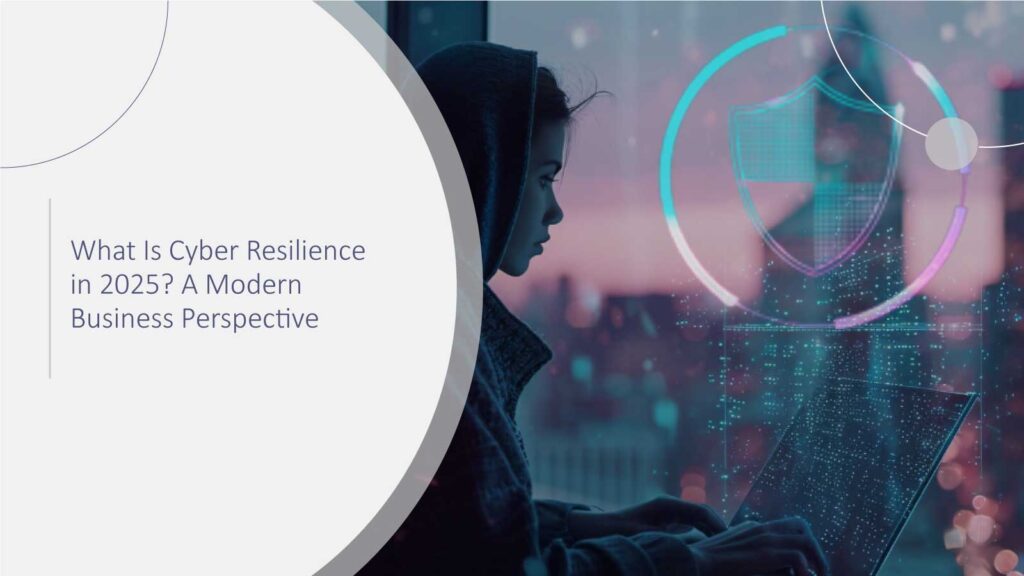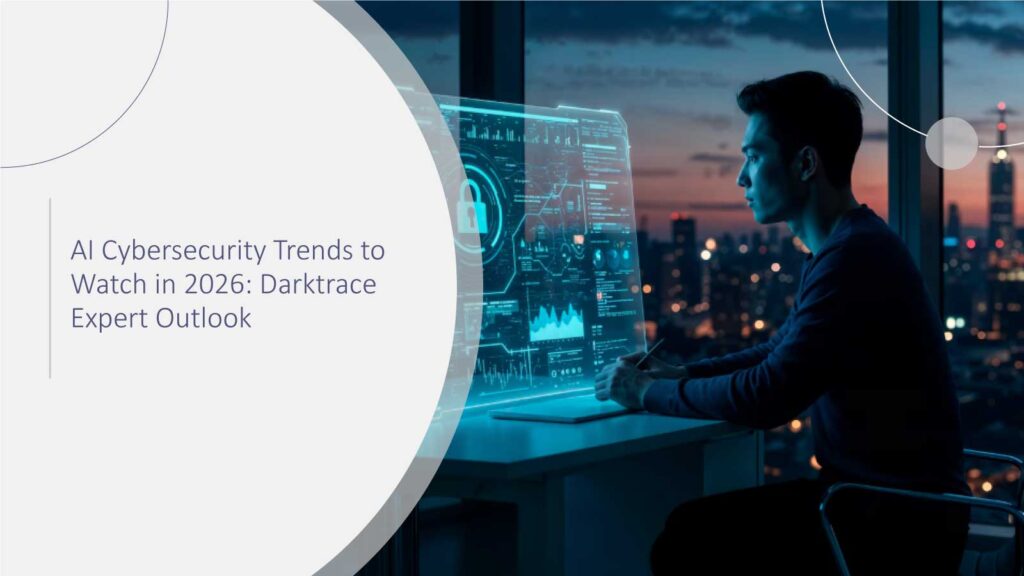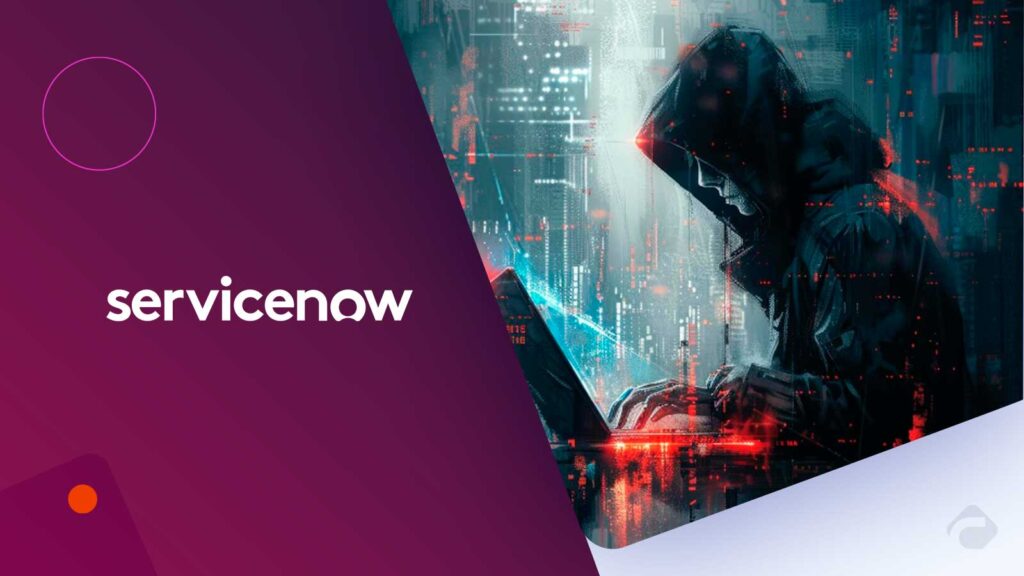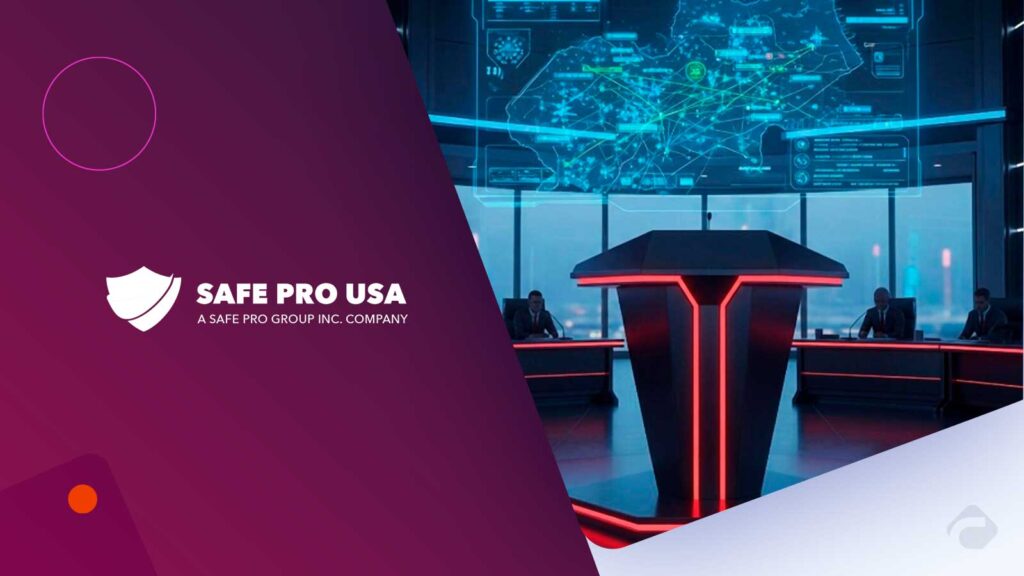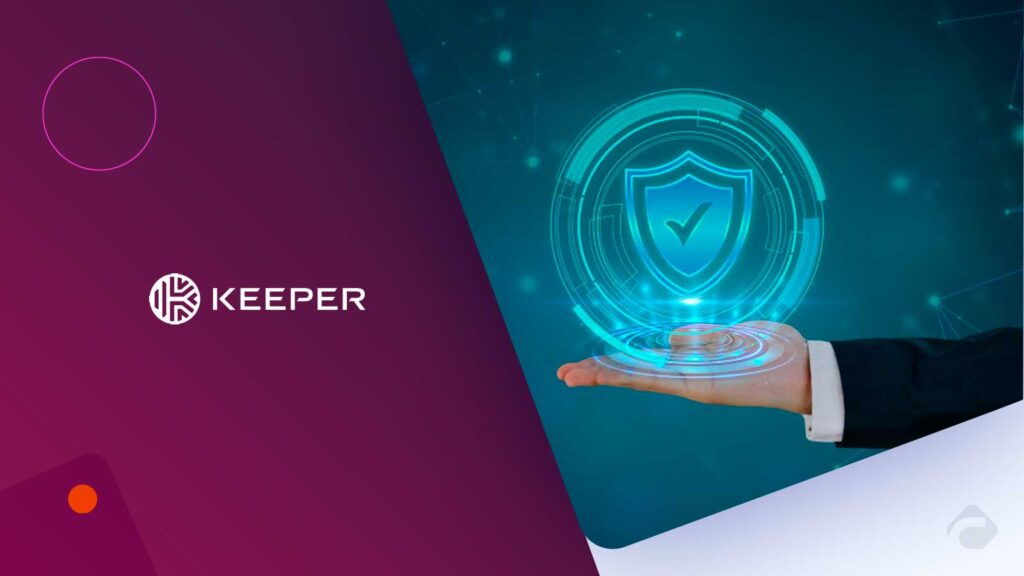By 2025, the concept of cyber resilience as a strategic necessity will have spread to the whole globe and will no longer be just a trend. The businesses are so dependent on technology that the question of whether or not a cyberattack will take place has become irrelevant; only the time is left to decide. The change requires not just the security of the systems but also the ability to protect, recover, and reorganize quickly. According to Gartner, 58% of boards desire their organizations to take more technology risks, despite 81% viewing cybersecurity as a critical business risk.
The article provides deep insight into the present cyber resilience domain, elaborating on its importance, elements, and practical tactics that businesses can utilize to improve their resilience posture.
When we talk about resilience in relation to cybersecurity, it basically means an organization’s ability to provide the same service that is initially expected of it, even if subjected to hostile cyber activities. It refers to the capabilities of an organization or enterprise to plan for, react to, and get back on its feet after a disruptive cyber event, cutting the interruption of the business or service provision to a very low level. Cybersecurity is traditionally prevention-oriented, and an attack is the end, whereas in the cyber resilience framework, worst-case scenarios are expected, and prevention measures are only a fragment of business continuity plans.
Cyber Resilience Explained: Thriving Amid Digital Disruptions
Cyber resilience is an organization’s ability to anticipate, withstand, recover from, and adjust to digital attacks and technological disturbances. In contrast to conventional cybersecurity, which is concerned with prevention only, cyber resilience gives the guarantee of business continuity, thus safeguarding the most important data and operations even when assaults take place. In 2025, with the advent of AI-driven threats, cloud migration, and complicated supply chains, it has become a must-have strategic decision.
McKinsey highlights that the total potential global impact of AI is estimated at $26 trillion, approximately 25% of the global economy.
The organizations that are cyber-resilient leverage the human factor, processes, and technology to be agile in their decision-making, recover easily, and keep the confidence of the stakeholders. By all means, resilience is not defense onlyit’s the ability to survive and rise above when placed under pressure.
The Changes in the Cyber Vulnerability Landscape
The cyber world of 2025 is riddled with the following patterns.
Artificial intelligence implementation in intrusions: Cybercriminals are leveraging AI in their attacks, enabling malicious systems to autonomously navigate security defenses in real time and advance without any human intervention. Gartner’s recent insights emphasize the growing sophistication of AI-powered cyber threats.
Wrapping up on one point, the phenomenon of ransomware has morphed in such a way that now perpetrators don’t just lock the victims’ files but also steal them before encrypting and holding the information hostage, issuing a threat of publishing the data unless their demands are met, targeting, and disrupting.
Weaknesses in the supply chain: Supply chain vulnerabilities are growing, with cyberattacks targeting external vendors and suppliers increasingly frequent. The attackers are exploiting the interconnectedness of systems, thereby gaining unauthorized access to organizations. Gartner’s research highlights the escalating risks associated with supply chain vulnerabilities.
Pressures caused by regulations: All over the world, governments are adopting strict cybersecurity regulations, such as the UK Cyber Security and Resilience Act, aiming at requiring compliance and increasing national security.
Core Components of Cyber Resilience
Organizations aiming to establish strong frameworks for cyber-resilience ought to concentrate on the principal components stated here:
1. Continuous Threat Exposure Management (CTEM)
CTEM basically involves the proactive identification and elimination of weaknesses in an organization’s digital assets. By taking a comprehensive risk assessment and mitigation approach, companies can reduce exposure to the impact of internal or external threats.
2. Zero-Trust Architecture
The use of a zero-trust model will make sure that trust is not assumed under any conditions, no matter the location of a user, i.e,. Within or outside the network. This kind of security setup will force the strictest of identity verification and the use of minimum necessary privilege, thus, the least damaging area for a threat to strike.
3. Extended Detection and Response (XDR)
XDR solutions drive the implementation of a single integrated threat identification and elimination program, which covers various security layers such as endpoints, network, and servers. The combination of different data sources provides XDR with the ability to give early warning signals and quick responses to security incidents.
4. AI/ML-Powered Threat Defense
The pairing of Artificial Intelligence and Machine Learning can spot even the subtlest variations and know what the next moves of the cybercriminals are by studying a huge amount of data. Utilizing AI/ML-powered defense systems can help the company improve its ability to deal with the latest threats speedily.
5. Cloud Security Resilience
The first step in the secure transition of organizations to the cloud is the establishment of the security and resilience of the cloud infrastructures. This requires implementing robust access management, encrypting sensitive data, and continuously monitoring cloud applications to ensure their security.
6. Security Convergence and Automation Frameworks
By linking security operations with IT and the business through the use of automation frameworks, the work done in incident response and recovery is facilitated and becomes more efficient. This joining up of strategies makes all the efforts in combating cyber threats synchronized and thus keeps the overall resilience better.
Real-World Implications
The need for the importance and necessity of cyberspace resilience is due to several events that have recently taken place in the environment, along with the corresponding statistics:
- Ransomware Costs: The resumption of resilience shows that the expenses of claims related to Ransomware have been increasing since 2025. The report also indicated that 91 % of all the losses of their client base during the first half of 2025 resulted from Ransomware.
- Financial Sector Vulnerabilities: The increasing cyber threats that are putting the financial sector, the financial institutions that include banks, fintech, and non-banking finance companies,u nder pressure to get cyber insurance, which is considered a security measure, thus depicting a trend of cybersecurity risk awareness in the financial services industry.
- AI-Driven Threats: The spreading of AI has led to the creation of AI-manned autonomous agents that exploit zero-day vulnerabilities to conduct untraceable, customized attacks, which were previously unnoticed.
Such incidents are examples of the need for organizations to foresee and put into practice an all-inclusive cybersecurity plan that covers prevention, detection, reaction, and recovery.
Building a Cyber Resilience Strategy
The procedures of organizations willing to improve their cyber resilience that are recommended are given in the next section:
Risk Assessment: Carry out risk assessments that are detailed and extensive, and they must cover all digital assets of the organization, so as to reveal the security gaps that could be used by attackers or uncover new technology threats that are new.
Incident Response Planning: Mobile and keep the incident response plan as the major system for control of cyber incidents, which should be carried out quickly and effectively.
Employee Training: Train employees through positive and regular sessions on the best and recommended methods of cybersecurity practice, and emphasize the significance of the security protocols.
Regular Testing: Always perform regular drills and simulations to evaluate your organization’s efficiency in implementing the resilience strategy, nd in return underscore improvement areas for further development.
Continuous Improvement: Establish a modus operandi that makes it possible for your company to grow from mistakes and continuously upgrade the resilience strategies over the duration of time.
Conclusion
By 2025, the process of sustaining cyber defense power against dangerous hackers will no doubt be related to the enterprise model of the capability rather than it being just a technical need. The firms that will be leading the way in the formation and not only the permanent, but also the continuous, the solid frameworks of resilience will be those winning through the digital business fights and wi, by that means, be the survivors of the diverse cyber threats that are not only very dynamic, but also progressively evolving. Moreover, a preventive, detecting, responding, and recovering approach will be the one to give the customers’ sense of continuity that is important in the epoch of total interconnectivity.
FAQs
1. What is the difference between cybersecurity and cyber resilience?
Cybersecurity fundamentally stands as the defender of the system’s purity against possible threats, while cyber resilience goes along with the latter, whereby the organization is prepared to get back to normal and go on functioning if attackers have taken over successfully.
2. How can AI enhance cyber resilience?
Three of the methods through which Artificial Intelligence can make a huge step in assisting a cybersecurity team are: one, by making the task of going through tons of data in search for threats very rapid, two, by foreseeing the most probable threat scenarios, and three, by automation the needed steps.
3. Why is zero-trust architecture important for cyber resilience?
Zero-trust architecture is fundamentally a security concept in which no user or device is automatically trusted just because they are inside the network perimeter. Trust has never been absolute; even then, the user identity is subjected to the strictest verification, and the access control is automated. The intruder who can hijack the access control must do it in such a way that the least number of possible ways of moving without being detected is available.
4. What role does employee training play in cyber resilience?
Employees who have been trained, and thus have the knowledge of the right and the safest way, and who have the habit of doing so regularly, are the biggest supporters in the fight against human errors. This is a major cause of cyberattacks and is the reason why employee training in cybersecurity should be given the utmost importance.
5. How often should organizations update their cyber resilience strategies?
Businesses or organizations should consistently review and realign their resilience strategies so as to match the pace of threat landscape changes and the technological advancements that have happened.
For deeper insights on agentic AI governance, identity controls, and real‑world breach data, visit Cyber Tech Insights.
To participate in upcoming interviews, please reach out to our CyberTech Media Room at sudipto@intentamplify.com.

